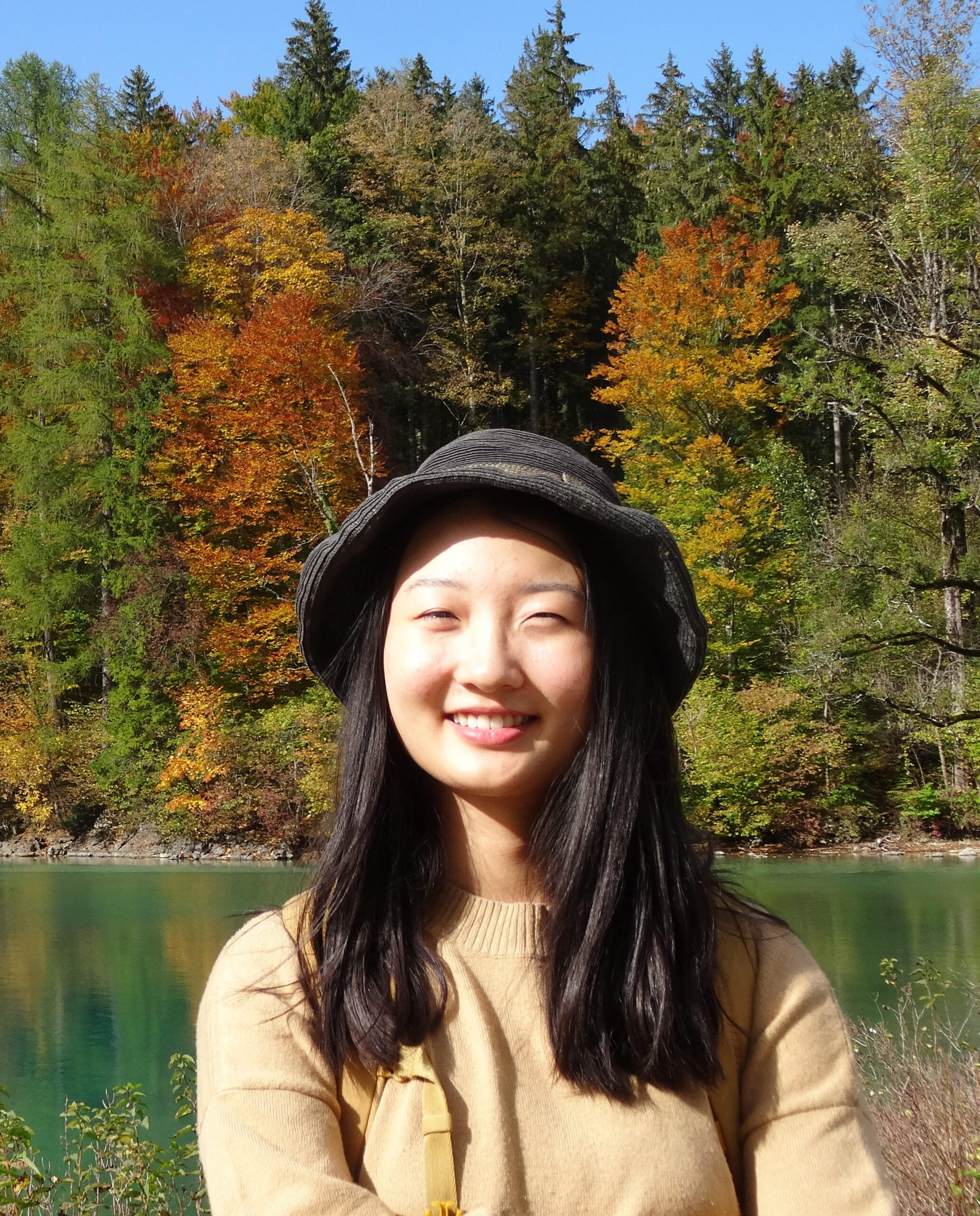
Austin Plant Sale 2023 Review
The Austin NPSOT Plant sale was on October 7, 2023 at Dowell Ranch, and was a great success! This was our first year at our partner NPAT’s property at Dowell

The Austin NPSOT Plant sale was on October 7, 2023 at Dowell Ranch, and was a great success! This was our first year at our partner NPAT’s property at Dowell

In celebration of Texas Native Plant Week (Oct 15-21), we are excited to announce a collaboration with H-E-B to feature Texas native plants at their stores. Starting this week, participating

Fall plants that feed migrating wildlifeClick on the plants below for more details

The Austin NPSOT Plant Sale is here, October 7, 2023 from 10-2 PM at Dowell Ranch Preserve. Read more details and look at the plant list.

NPSOT Austin’s fall plant sale fundraiser will be on Saturday, October 7, 2023. Starting this fall, the plant sale will be held at a new location: Dowell Ranch. Keep an

Fall Plant Sale season is here. Volunteers have been planning, chapter webmasters have been updating their plant sale pages, and growers have inventory ready to go. These are some plant

Beautiful and hardy natives that stand the test of time. Click on the plants below for more details

About the Grant The Native Plant Society of Texas offers the following research grant to graduate students at Texas universities who are performing academic research related to Texas native plants

Native Prairies Association of Texas (NPAT) invites volunteers and friends of NPAT’s Dowell Ranch to a Prairie Potluck on Saturday, October 14th, from 11am – 2pm. They’ll have a ranch tour/fall wildlife

The Highland Lakes Chapter of the NPSOT still has some openings for their Native Landscaping Certification Program (NLCP) level 2 class coming up on September 9 in Marble Falls. For
State Office Address:
Native Plant Society of Texas
PO Box 3017
Fredericksburg, TX 78624
Become an important part of a statewide community with over 5,000 members, who are united in our mission to promote Texas native plants!
Native Plant Society of Texas is a 501(3)(c) nonprofit organization This website and all content Copyright © Native Plant Society of Texas. All rights reserved. Content may not be reprinted in whole or in part without written permission. Contact the Webmaster.